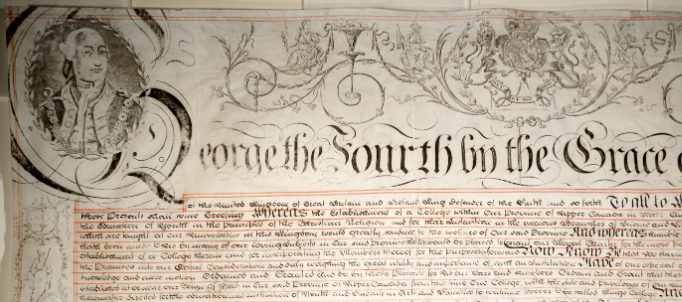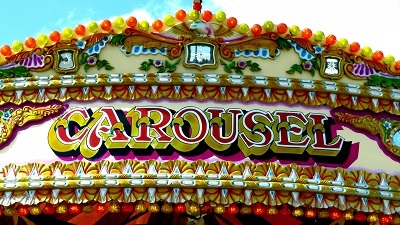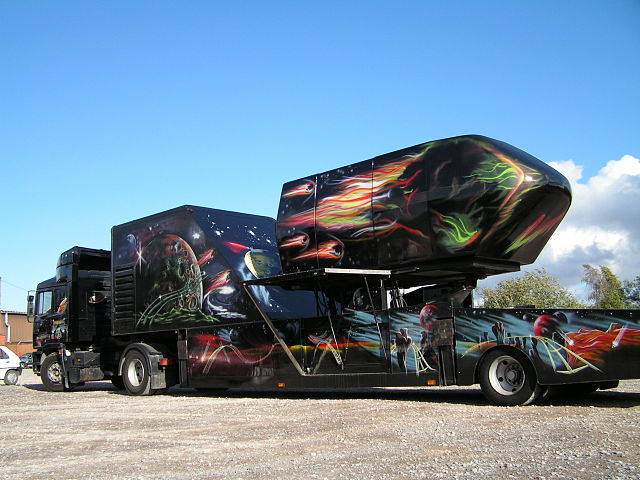The History of Charter Fairs
Charter Fairs have been a staple of communities all across the UK for centuries. They have always been a source of excitement, delight, and wonder, and still continue nowadays, bringing together families and friends to enjoy the sights and sounds of the funfair rides and games. But where did these legendary events come from, and how did they become so beloved by so many? Let's take a whimsical look back at the history of Charter Fairs.
What Are Charter Fairs?

A charter fair is simply a fair that which was established by Royal Charter. A Royal Charter is a formal grant given by the king or queen. Starting from the 12th Century, many towns and cities in England began to receive royal permits to host annual fairs lasting two or three days.
It all began in medieval times, when wandering merchants and traders would gather in town squares to sell their wares and entertain the locals. These gatherings were known as "charter markets" and were given special privileges. Over time, these markets grew and evolved, becoming larger and more elaborate affairs, with food stalls, games, and even performers added to the mix.
Some towns, such as Boston, Winchester, Stamford and St Ives, had particularly huge fairs that were of key economic significance. By the end of the medieval period, Stourbridge fair was the largest in Europe!
These fairs attracted international traders and merchants, and were a great way for wealthier people and business owners to stock up on spices, wax, preserved meat and fabrics.
Modern Charter Fairs

Fast forward a few centuries to the 1800s, and the humble charter market had transformed into the Charter Fair - a sprawling, colorful, and chaotic celebration of fun, food, and adventure. The fairs were a place where people from all walks of life could come together and forget about their troubles for a little while. The Charter Fair became less about trading and more focused on entertainment and performance.
Nowadays, charter fairs bare little resemblance to their early days as trading hotspots, and are often fairgrounds, funfairs or other community events, such as carnivals, concerts or sports days.
One of the standout features of many modern charter fairs is the selection of funfair rides. As charter fairs are family-friendly occasions, they typically include children's fairground attractions such as the Mini Wheel and Tea Cups, as well as more boisterous rides such as the Miami Trip or the Booster.
As the years passed, Charter Fairs have continued to evolve and adapt to meet the changing needs and desires of their visitors. The fairground rides became more sophisticated and diverse, with new and exciting attractions added each year, from haunted houses and ghost trains to high-tech interactive games as well as traditional favourites. Despite the many changes, however, the core essence of the Charter Fair remained the same - a place where families and friends could come together to enjoy the magic of the fair.
There's a popular urban legend about charter fairs - the claim is that if a fair doesn't run every single year, the Royal Charter will be revoked. While this isn't based in fact, some fairs, such as Pinnier Fair in Harrow, set up a single stall during the COVID pandemic - just in case.
Charter Fairs are an important part of the UK's cultural heritage, providing generations of families and friends with a fun, exciting, and unforgettable experience. With their rich and diverse history, and their array of funfair rides and attractions available, they remain as popular today as they were hundreds of years ago. So the next time you find yourself at a Charter Fair, take a moment to remember the long and fun history of these incredible events!
